Your cart is currently empty!
Causes and Solutions for Fading Quarry Tiles
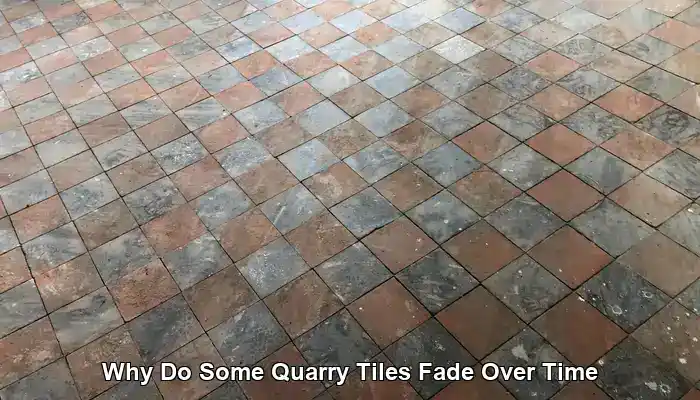

quarry tiles are prized for their exceptional durability, natural aesthetics, and timeless appeal. These sturdy, unglazed ceramic tiles are well-suited for a range of settings, from charming kitchen floors to lively outdoor patios, engineered to endure heavy foot traffic and challenging environmental conditions. Nevertheless, numerous homeowners and property managers have observed a gradual loss of color over time, resulting in uneven or stark changes in appearance. This fading can be perplexing, particularly when tiles that once showcased vibrant reds, warm browns, or deep terracotta hues begin to look faded, patchy, or lackluster, ultimately diminishing their original beauty.
The fading of quarry tiles extends beyond mere aesthetics; it often indicates underlying problems such as wear, environmental influences, or chemical deterioration. Outdoors, these tiles endure constant exposure to weather elements—rain, frost, and drastic temperature changes that gradually erode their surface integrity. The freeze-thaw cycle is particularly harmful, producing micro-cracks and surface spalling, which reveal lighter inner layers that may have coarser textures. Indoors, the scenario is equally complex; heavy foot traffic gradually wears down the tiles’ colored surface, exposing the inner body, which may consist of larger particles and diverse mineral tones. This inherent layering suggests that once the surface is compromised, noticeable alterations in color and texture can arise, leading to further deterioration.
Beyond physical wear, chemical exposure plays a critical role in the fading process. Strong cleaning products, especially those with acidic or alkaline properties, can damage sealers and strip away protective layers. Over time, this vulnerability leads to stains, efflorescence (the formation of unsightly salt deposits), and dirt accumulation in newly formed pits and abrasions. Collectively, these elements create a faded and inconsistent appearance that detracts from the tiles’ original allure, highlighting the importance of understanding and addressing these issues effectively.
Gaining a comprehensive understanding of the factors contributing to quarry tile fading is vital for maintaining their character and prolonging their lifespan. This article aims to delve into the environmental, mechanical, and chemical aspects that influence fading—both indoors and outdoors—and offer practical guidance for prevention and restoration. Whether you are caring for a historic floor or simply aiming to keep your tiles in optimal condition, this guide will equip you with the necessary insights into the delicate science of quarry tile maintenance and care.
Essential Daily Care for Quarry Tiles: Expert Tips for Effective Maintenance and Cleaning
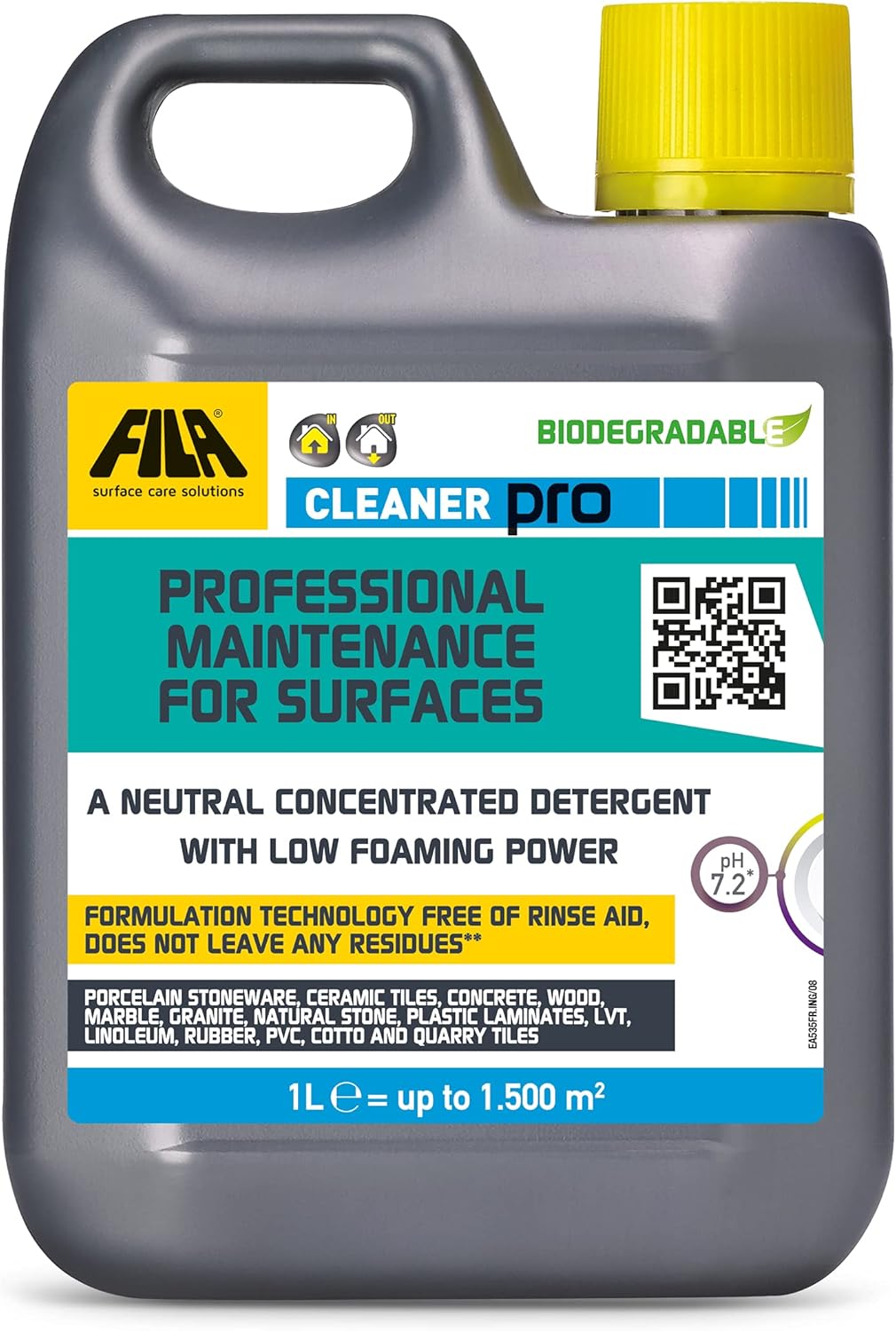
Fila Pro Floor Cleaner
|
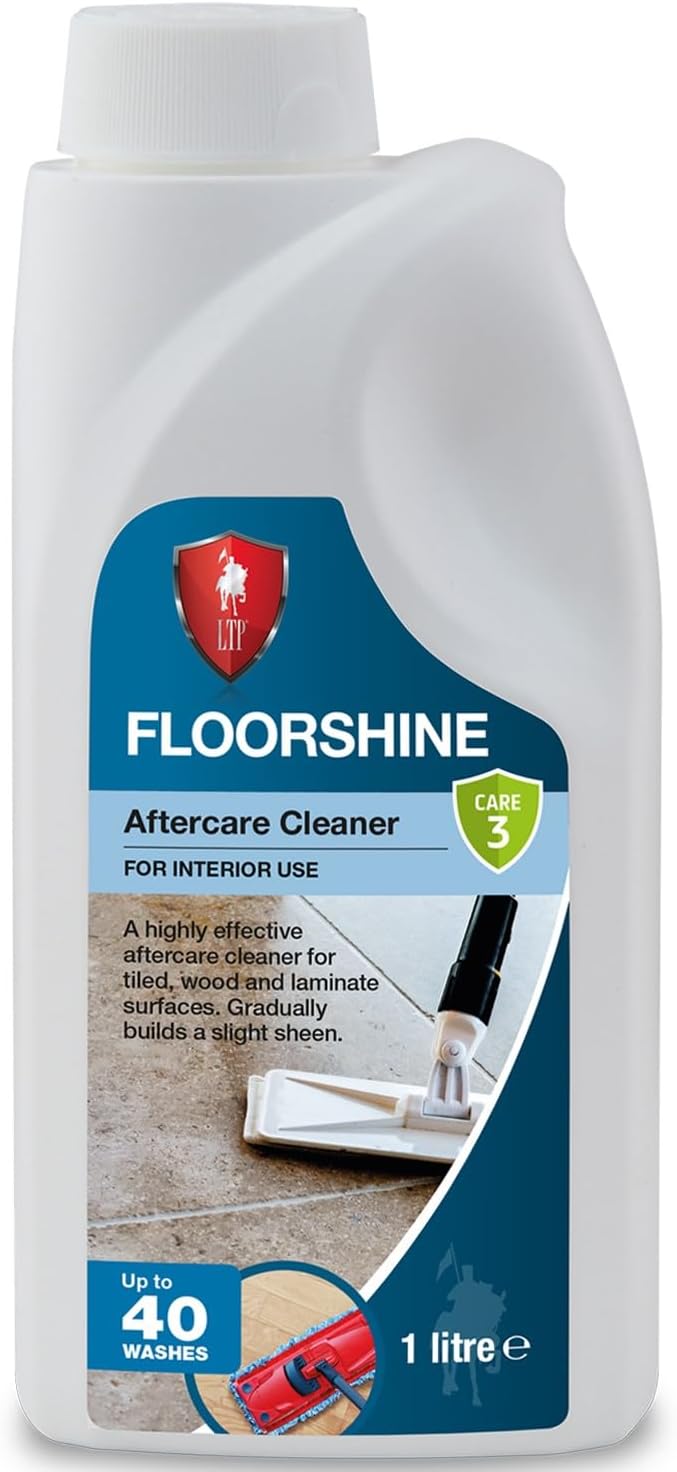
LTP Floorshine
|
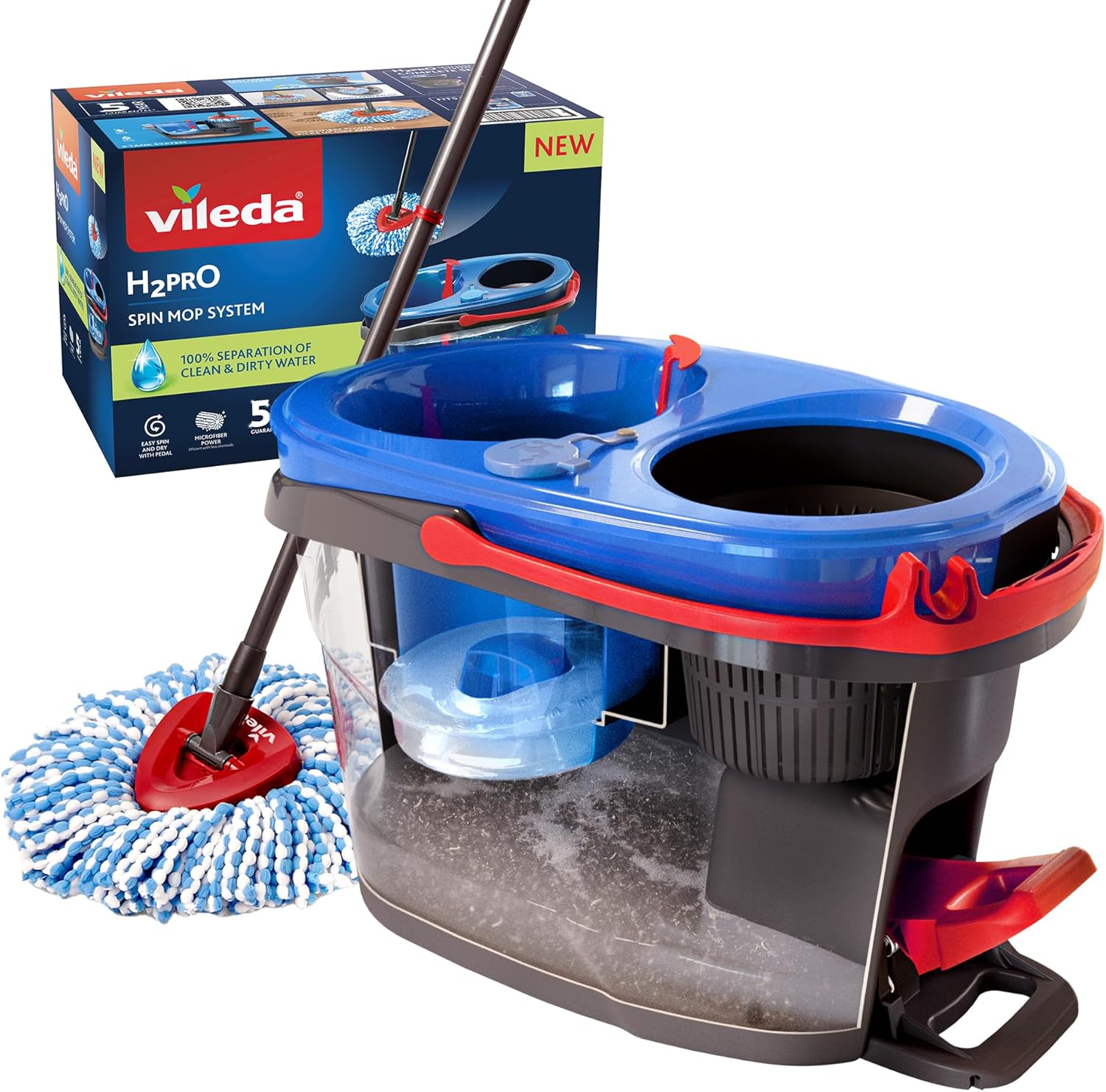
Vileda H2PrO Spin Mop System
|
Understanding the Outdoor Influences That Cause Quarry Tile Fading
Quarry tiles positioned outdoors are subjected to a relentless array of environmental stressors that gradually diminish their color and texture. While these tiles are celebrated for their impressive durability, nature has a tendency to wear down even the most robust surfaces over time, posing significant challenges for their maintenance and preservation.
How Do Weather Conditions Affect the Appearance of Quarry Tiles?
One of the chief factors leading to fading is exposure to weather, particularly from rainfall and freeze-thaw cycles. Rainwater can penetrate the porous surface of unsealed or poorly sealed tiles, carrying minerals and pollutants that may cause unsightly stains or leaching of color. When temperatures drop, trapped moisture expands as it freezes, causing micro-cracks and surface flaking. This ongoing freeze-thaw cycle exposes the inner body of the tile, which is often made up of lighter, less pigmented material, resulting in a noticeable fading of color.
What Are the Impacts of Surface Wear and Layer Exposure?
Quarry tiles typically feature a dense outer layer that retains the most vibrant colors. As this outer crust wears away—due to foot traffic, abrasion, or erosion—the inner layer becomes more visible. This underlying layer is generally rougher, containing larger aggregate particles and a lighter, uneven hue. As a result, the tiles develop a patchy appearance that lacks the richness and depth of the original surface, further exacerbating the overall fading of the tile.
What Should You Know About Chemical Damage from Outdoor Cleaning Solutions?
Cleaning outdoor tiles often involves using powerful chemicals designed to eliminate moss, algae, or grime. Unfortunately, these aggressive cleaning solutions can damage sealers and strip away protective coatings. Once the sealer is compromised, the tile becomes increasingly prone to staining, mineral deposits, and accelerated wear. Over time, this exposure to harsh chemicals significantly contributes to fading and surface dullness, underscoring the necessity of selecting appropriate cleaning methods.
Identifying Indoor Factors That Contribute to Quarry Tile Fading

While outdoor quarry tiles wrestle with environmental challenges, indoor tiles encounter a unique set of issues that can be equally damaging over time. Elements such as foot traffic and cleaning techniques contribute to the gradual fading of indoor quarry tiles, a slow process driven by wear, surface degradation, and chemical exposure, necessitating careful attention to maintenance.
How Does Abrasive Wear Impact the Protective Outer Layer?
Quarry tiles are designed with a dense, pigmented outer layer that provides their rich color and smooth finish. Indoors, particularly in areas with heavy foot traffic such as kitchens, hallways, and commercial spaces, this protective layer gradually erodes. As the surface wears down, the underlying body of the tile becomes exposed. This internal layer typically contains larger mineral particles and a more porous structure, leading to a noticeable change in both color and texture. Earth-toned tiles may begin to look mottled or washed out, with lighter areas appearing where the outer layer has thinned, further contributing to their deterioration.
What Are the Consequences of Surface Pitting and Soil Accumulation?
As the surface of quarry tiles deteriorates, tiny micro-abrasions and pits begin to form. These small indentations can trap soil, grease, and cleaning residues, resulting in uneven staining and dullness over time. Even with regular cleaning, embedded dirt can remain, leading to a faded, blotchy appearance. This problem is particularly common in older floors that haven’t been adequately sealed or maintained, highlighting the necessity for consistent care.
How Does Efflorescence and Mineral Migration Affect Tiles?
Efflorescence is another significant factor that contributes to indoor tile fading. This phenomenon occurs when moisture beneath the tile rises, carrying soluble salts to the surface. As the moisture evaporates, it leaves behind a white, powdery residue that lightens the tile’s appearance and may cause surface damage. Efflorescence is especially prevalent in areas with poor subfloor ventilation or where tiles are installed over damp concrete. If left untreated, it can degrade the tile’s surface and complicate cleaning efforts, making prompt intervention essential.
What Are the Effects of Chemical Overuse and Sealer Breakdown?
Indoor cleaning methods frequently rely on harsh chemical agents—particularly in commercial kitchens or food prep areas. While these products may effectively tackle grease and stains, they can also strip away sealers and protective layers. Once the sealer is compromised, the tile becomes more porous and vulnerable to staining, wear, and further fading. Acidic or alkaline cleaners can even etch the surface, permanently altering its texture and color. Over time, consistent exposure to aggressive chemicals accelerates the decline of both the tile and its finish, highlighting the need for alternative cleaning practices.
What Are the Best Maintenance Practices for Preserving Quarry Tile Color?
The fading of indoor quarry tiles is often preventable with appropriate care. Utilizing pH-neutral cleaners, adhering to a regular sealing schedule, and avoiding abrasive cleaning tools can significantly prolong the life and appearance of the tiles. For older floors showing signs of wear, professional restoration—including thorough cleaning, re-sealing, and color enhancement—can help revive their original beauty, ensuring they remain a stunning feature of your home.
Implementing Effective Strategies for the Prevention and Restoration of Quarry Tiles
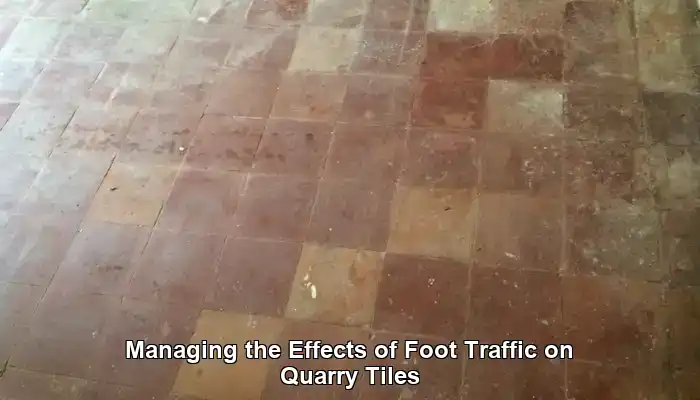
Understanding the reasons behind quarry tile fading is merely the first step—the real value lies in knowing how to prevent fading and restore their original beauty when wear occurs. Whether your tiles are situated indoors or outdoors, proactive care and thoughtful restoration can significantly enhance their longevity while preserving their rich, natural character for years to come.
Why Is Proper Sealing Essential for Preventing Fading?
One of the most effective strategies to mitigate fading is through appropriate sealing. Quarry tiles are inherently porous, and without a protective barrier, they can easily absorb moisture, dirt, and chemicals. A high-quality penetrating sealer fills the pores without forming a surface film, allowing the tile to breathe while repelling contaminants. This is crucial for outdoor tiles to shield against rain, frost, and algae growth. For indoor tiles, sealing aids in resisting staining from spills, cleaning agents, and foot traffic, ensuring that the tiles maintain their aesthetic charm.
Sealers should be reapplied periodically—typically every one to three years, depending on usage and exposure. A simple water-drop test can help determine when resealing is necessary: if water absorbs into the surface rather than beading, it’s time for a refresh.
What Cleaning Products and Techniques Should Be Chosen for Quarry Tiles?
Regular cleaning is vital for the upkeep of quarry tiles, but the choice of products is crucial. Harsh chemicals, particularly those that are acidic or alkaline, can degrade sealers and etch the tile surface over time. This leads to dullness, discoloration, and increased susceptibility to staining. Instead, opt for pH-neutral cleaners specifically formulated for stone or tile surfaces. These gentle formulations effectively lift dirt without compromising the tile’s integrity.
For stubborn grime or efflorescence, use targeted treatments sparingly and always follow with a thorough rinse. Avoid bleach, ammonia, and vinegar-based solutions, which may seem effective but can cause long-term damage to the tile’s surface.
How Can You Implement Maintenance Techniques to Preserve Tile Color?
Regular sweeping and damp mopping can help prevent soil accumulation and surface abrasion on quarry tiles. Use soft-bristle brushes or microfiber pads instead of abrasive scrubbers, which can wear down the tile’s pigmented crust. In high-traffic areas, consider placing rugs or mats to reduce direct wear—especially near entryways or kitchen workstations, where tiles are most vulnerable.
For outdoor tiles, pressure washing should be approached with caution. While it can efficiently remove surface dirt, excessive pressure may erode the tile or force water into cracks, exacerbating freeze-thaw damage. If pressure washing is necessary, maintain low pressure and keep a safe distance with the nozzle to protect the tiles.
What Professional Restoration Techniques Can Revitalize Quarry Tiles?
When fading becomes apparent and routine care proves inadequate, professional restoration can greatly improve the condition of the tiles. Restoration specialists utilize a combination of deep cleaning, mechanical resurfacing, and color enhancement techniques to rejuvenate tired tiles, bringing back their original vibrancy.
- Deep cleaning eliminates embedded dirt, grease, and mineral deposits using specialized equipment and solutions designed specifically for quarry tiles.
- Mechanical honing or polishing smooths worn surfaces and restores texture, particularly beneficial for indoor tiles that display surface pitting.
- Color enhancement sealers can enrich faded tones, particularly in earth-toned tiles, by deepening the natural pigments without creating a glossy finish, rejuvenating the tile’s appearance.
In cases of severe wear, restoration may also involve regrouting, tile replacement, or the application of protective coatings specifically designed for the tile’s environment, ensuring a durable solution.
How to Create a Long-Term Care Strategy for Quarry Tiles?
Preventing future fading necessitates a long-term commitment to maintenance. Develop a schedule that includes regular inspections, cleaning, and resealing. Educate household members or staff on proper cleaning techniques and the importance of using suitable products. For commercial spaces, consider partnering with a floor care professional to create a customized plan based on traffic levels and environmental conditions.
If your tiles are part of a heritage property or possess historical significance, consult with conservation specialists before undertaking any restoration work. Preserving the authenticity of older quarry tiles often requires specialized techniques and materials that uphold their historical integrity.
Expert Insights on the Care and Maintenance of Quarry Tiles
Quarry tiles are renowned for their rugged beauty and enduring charm, yet even the most resilient materials are vulnerable to the passage of time. Whether subjected to harsh outdoor climates or the relentless wear of indoor foot traffic, fading is a natural consequence of environmental stress, mechanical wear, and chemical exposure. From the erosion of the tile’s pigmented crust to the subtle effects of efflorescence and surface pitting, each factor plays a role in diminishing the tile’s original vibrancy.
Fortunately, fading does not have to be permanent. With the right knowledge and maintenance—consistent sealing, gentle cleaning, and professional restoration when necessary—quarry tiles can retain their color and character for many years. Understanding the causes of fading empowers homeowners, property managers, and restoration experts to take proactive measures that protect the aesthetic and structural integrity of these timeless surfaces.
Whether your tiles are part of a historic property or a modern installation, their longevity depends on the quality of care they receive. By respecting the material and responding to its needs, you ensure that your quarry tiles continue to tell their story—rich in color, texture, and history—for many years to come.
Your Frequently Asked Questions on Quarry Tile Care and Maintenance
Can faded quarry tiles be effectively restored to their original beauty?
Yes, quarry tiles can often be revitalized through deep cleaning, resealing, or even professional refinishing techniques depending on the extent of fading. Homeowners should explore various options to restore the splendor of their tiles.
What is the recommended frequency for cleaning quarry tiles to maintain their appearance?
Regular sweeping should be performed weekly, with thorough cleaning every few months to maintain their appearance and prevent fading. Establishing a routine is essential for protecting their vibrancy and extending their lifespan.
Are there specific sealants designed exclusively for quarry tiles?
Yes, there are specialized sealants formulated specifically for quarry tiles that offer protection against moisture and UV rays, enhancing both their longevity and visual appeal. Homeowners should consult professionals for tailored recommendations based on their specific tiles.
What cleaning products should be avoided when caring for quarry tiles?
Avoid using acidic cleaners, harsh chemicals, and abrasive scrubbers, as these can damage the surface and contribute to fading. Instead, opt for gentle, tile-safe products that preserve the integrity of the tiles.
How can I tell if my quarry tiles need resealing for optimal protection?
If water no longer beads on the surface or if tiles appear dull and stained, it may be time to reseal. Regular assessments can help maintain optimal protection against fading and wear.
Does indoor lighting have an effect on the fading of tiles over time?
Indirect indoor lighting typically has less impact than UV rays, but prolonged exposure to bright light can contribute to gradual fading. Homeowners should consider lighting options when designing spaces to minimize potential damage.
Can I safely use a steam cleaner on quarry tiles?
Steam cleaners may be too harsh for quarry tiles, potentially damaging their surface. It’s advisable to follow recommended cleaning methods to maintain the integrity and appearance of your tiles.
Are certain quarry tiles more prone to fading than others?
Yes, tiles made from lower-quality materials or pigments may fade more quickly compared to those crafted from superior materials. Homeowners should prioritize quality when selecting tiles to ensure longevity.
Does foot traffic have a significant impact on the lifespan of quarry tiles?
High foot traffic can accelerate wear and tear, leading to fading and increasing the need for maintenance. Homeowners should implement strategies to effectively manage foot traffic and minimize its impact.
Is complete prevention of fading in quarry tiles achievable?
While it is challenging to prevent fading entirely, regular maintenance, proper sealing, and the selection of quality products can significantly minimize color loss over time, preserving the tiles’ beauty.
The article Why Do Some Quarry Tiles Fade Over Time: A Guide was first found on https://www.abbeyfloorcare.co.uk
The Article Quarry Tiles Fade: Understanding the Causes and Solutions appeared first on https://fabritec.org
The Article Quarry Tiles Fade: Causes and Solutions Explained Was Found On https://limitsofstrategy.com
Leave a Reply